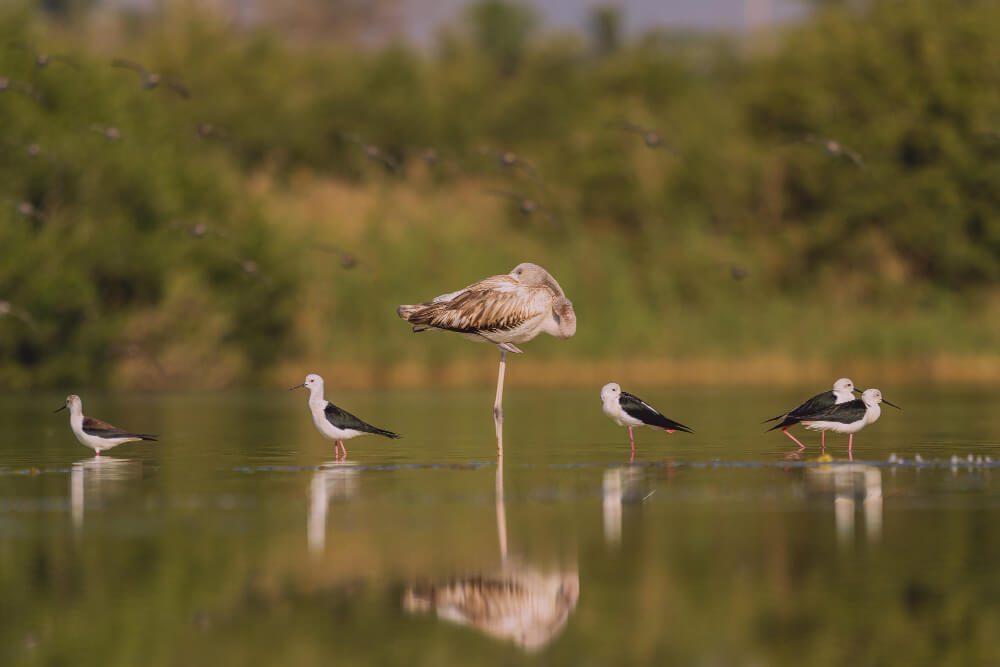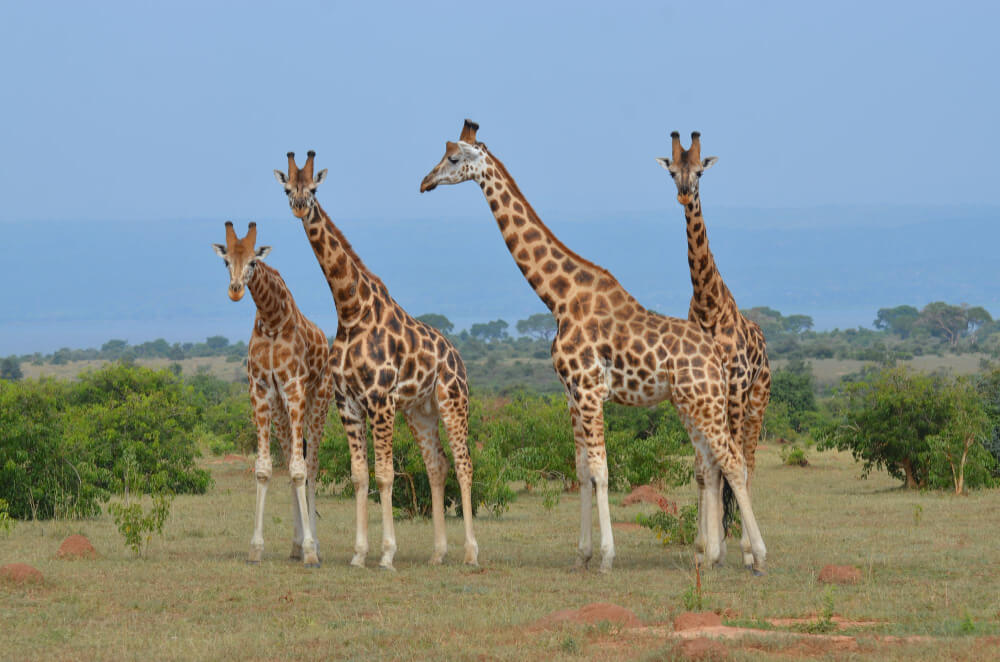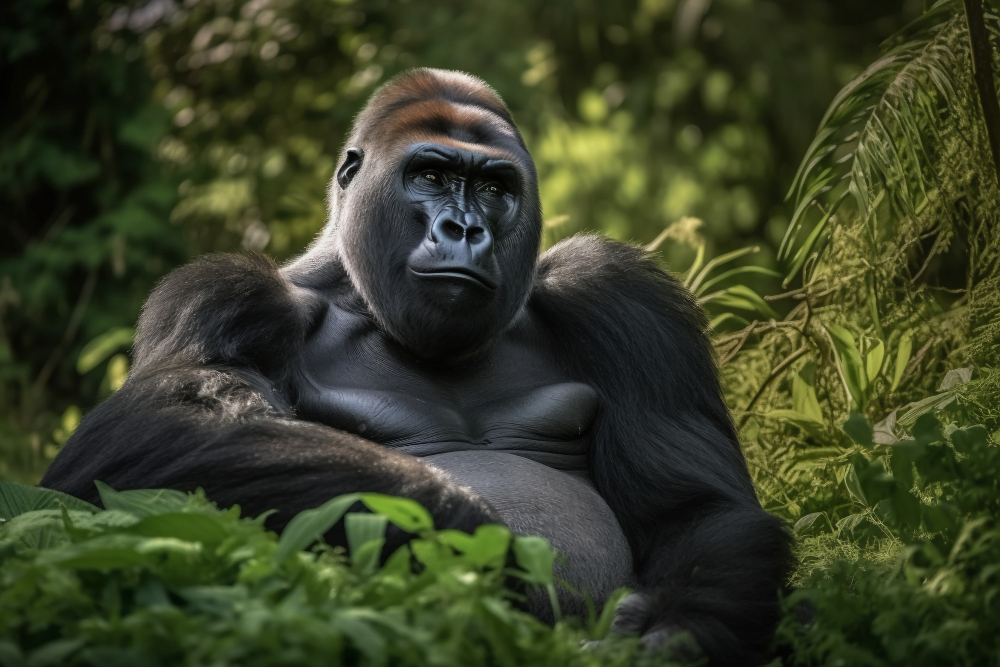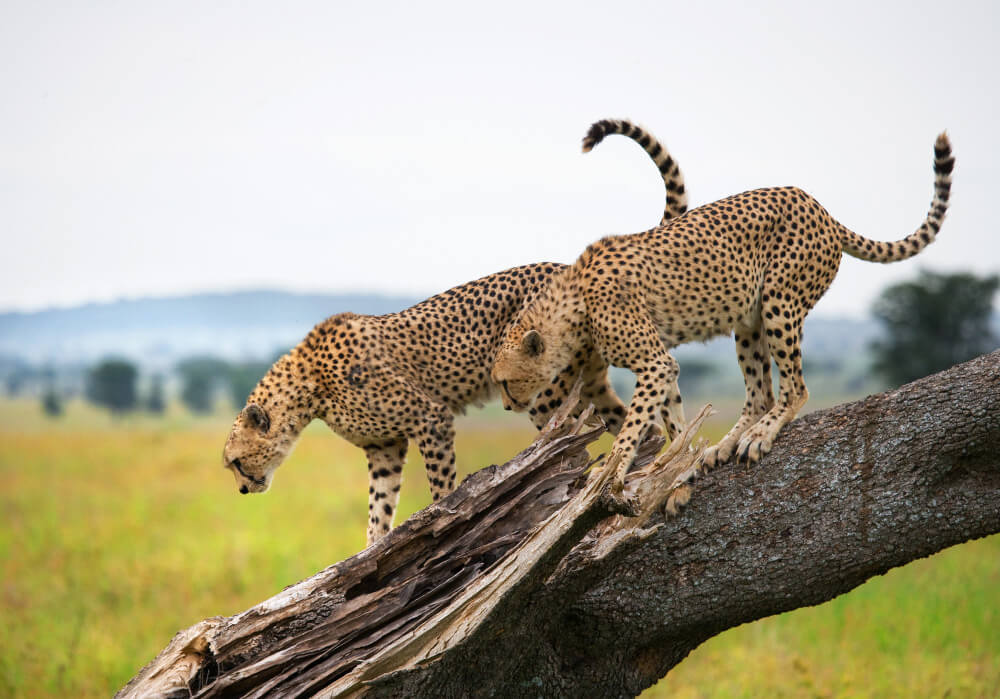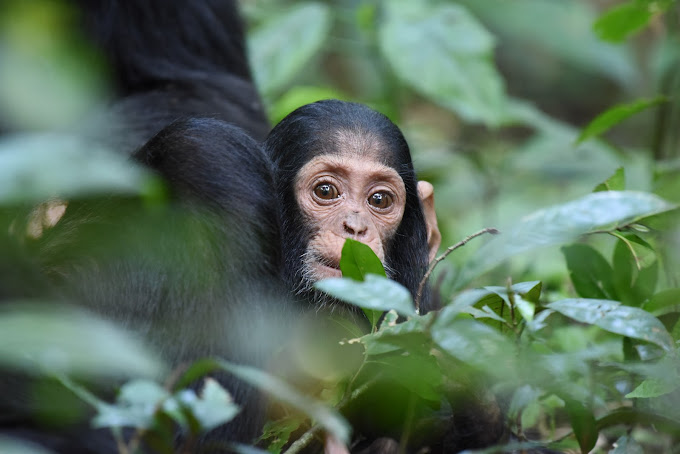Katonga Wildlife Reserve: A Hidden Treasure of Uganda’s Wilderness
Uganda, often celebrated for its stunning landscapes and rich biodiversity, houses several remarkable wildlife reserves that offer unique experiences for nature enthusiasts. Among these, Katonga Wildlife Reserve stands out as an unspoiled haven of natural beauty and diverse fauna. Located in the western part of Uganda, this reserve is a must-visit destination for anyone seeking to explore the country’s lesser-known but equally captivating wildlife sanctuaries.
Introduction to Katonga Wildlife Reserve
Situated in the Ibanda and Kamwenge districts, Katonga Wildlife Reserve spans approximately 211 square kilometers along the Katonga River. Established in 1964, the reserve was initially set up to protect the ecosystems along the Katonga River, which is a vital water source for the region. Over the years, Katonga has developed into a critical habitat for a variety of wildlife species, making it a prime spot for eco-tourism.
Rich Biodiversity of Katonga
Katonga Wildlife Reserve is renowned for its rich biodiversity, encompassing a wide range of flora and fauna. The reserve’s diverse habitats, including wetlands, grasslands, and forests, support numerous species, some of which are unique to the region.
Mammals in Katonga
The reserve is home to an impressive array of mammals. Visitors can spot a variety of antelope species, such as the sitatunga, reedbuck, and waterbuck. Primates are also abundant, with black-and-white colobus monkeys and vervet monkeys commonly seen. Additionally, Katonga provides a sanctuary for the elusive African elephant, buffalo, and hippo, offering thrilling wildlife encounters for visitors.
Birdlife
Birdwatchers will find Katonga Wildlife Reserve a true paradise, with over 150 bird species recorded. The wetlands and riverbanks create an ideal environment for both resident and migratory birds. Notable species include the shoebill stork, African fish eagle, and various kingfishers. The diversity of birdlife ensures that every visit to Katonga is filled with exciting birdwatching opportunities.
Exploring the Scenic Landscapes
Katonga Wildlife Reserve is characterized by its scenic and serene landscapes. The reserve’s unique topography and the presence of the Katonga River contribute to its picturesque beauty, making it an ideal location for nature walks and photography.
Wetlands and River Ecosystems
The Katonga River and its associated wetlands form the heart of the reserve. These water bodies are crucial for the survival of many species and create a lush, green environment that contrasts with the dry grasslands. Canoe rides along the river provide a tranquil way to observe wildlife and enjoy the natural beauty of the reserve.
Grasslands and Forests
Beyond the wetlands, the reserve features vast grasslands interspersed with patches of forest. This varied landscape supports a diverse range of plant and animal life. Guided nature walks through the grasslands and forests offer visitors the chance to explore the reserve’s ecological richness up close.
Cultural Experiences in Katonga
Katonga Wildlife Reserve is not only a sanctuary for wildlife but also a place where visitors can engage with the cultural heritage of the local communities. The reserve is inhabited by several ethnic groups, including the Batooro and Banyankole, whose traditional lifestyles and customs add a cultural dimension to the wildlife experience.
Local Traditions and Practices
Visitors have the opportunity to learn about traditional farming practices, crafts, and the daily lives of the local people. Engaging with the community provides insights into their relationship with the natural environment and their efforts in conservation.
Conservation Efforts and Challenges
Katonga Wildlife Reserve faces several conservation challenges, including habitat degradation, poaching, and human-wildlife conflicts. However, various initiatives are in place to address these issues and promote the sustainable management of the reserve.
Community Involvement
Community involvement is a cornerstone of conservation efforts in Katonga. By involving local communities in conservation activities and promoting eco-tourism, the reserve aims to create a sense of ownership and responsibility among residents. This approach helps to ensure the long-term preservation of the reserve’s unique ecosystems.
Planning Your Visit to Katonga
For those planning to visit Katonga Wildlife Reserve, several practical considerations can enhance the experience. The reserve is accessible by road, with the nearest major town being Fort Portal, located approximately 70 kilometers away. Accommodation options range from basic campsites to more comfortable lodges, catering to different preferences and budgets.
Best Time to Visit
The best time to visit Katonga is during the dry season, which typically runs from December to February and June to August. During these periods, wildlife is more easily spotted around water sources, and the weather is conducive to outdoor activities. However, each season offers unique opportunities to experience the reserve’s natural beauty.
FAQs
What wildlife can be seen in Katonga Wildlife Reserve?
Katonga is home to a variety of wildlife, including antelopes such as sitatunga and reedbuck, primates like colobus and vervet monkeys, and larger mammals such as elephants and hippos. Birdwatchers can enjoy spotting over 150 bird species.
How can I reach Katonga Wildlife Reserve?
The reserve is accessible by road, with the nearest major town being Fort Portal. A 4×4 vehicle is recommended due to the terrain.
What are the accommodation options in Katonga?
Accommodation options range from basic campsites to comfortable lodges, providing choices for different budgets and preferences.
Is it safe to visit Katonga Wildlife Reserve?
Yes, Katonga is generally safe for visitors. It is advisable to follow the guidance of local authorities and park rangers for a secure and enjoyable experience.
What activities can I do in Katonga?
Visitors can engage in wildlife safaris, birdwatching, canoe rides, and cultural encounters with local communities. The reserve offers a variety of outdoor activities to suit different interests.
How can I contribute to conservation efforts in Katonga?
Supporting eco-tourism initiatives, respecting wildlife and habitats, and purchasing locally made crafts can contribute to conservation efforts. Engaging with community-based projects also helps in preserving the reserve’s natural and cultural heritage.
Conclusion
Katonga Wildlife Reserve is a hidden treasure that offers a blend of natural beauty, rich biodiversity, and cultural experiences. From its diverse wildlife and vibrant birdlife to its serene landscapes and engaging cultural encounters, Katonga provides an unforgettable experience for all who visit. By supporting conservation efforts and promoting sustainable tourism, visitors can help preserve this precious sanctuary for future generations.
Suggested Inbound and Outbound Links
Inbound Links:
- Explore Uganda’s National Parks
- Wildlife Conservation in Uganda
Outbound Links:
- Uganda Wildlife Authority (UWA) – Official Website
- World Wildlife Fund (WWF) – Conservation Efforts in Uganda
